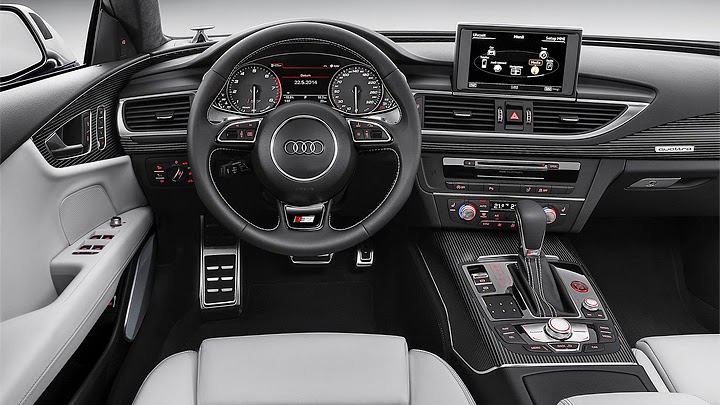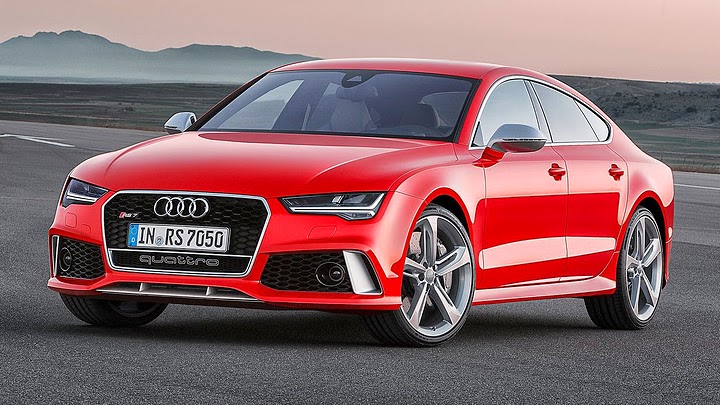
Whenever a traditional car reaches a new generation, like Ford Focus or Toyota Corolla, it’s always heard that such task was specially difficult to perform because the automaker needed to respect the model’s identity. Sure, relating identity, or image, to an automobile may seem crazy at first, but the truth is this is an abstract concept, just like “platform”. In other words, it actually works as a global reference to multiple other entities, rather than to just one. In this particular case, the most important of those is the balance between what people expect from it and what it actually offers. Those traditional cars, for instance, won’t ever change too much because they please their public the way they are. Investing on anything different would be cutting their sales on purpose.
Having that in mind, it gets very easy to comprehend the German automakers. Besides improving their products in pretty much any possible aspect, BMW, Mercedes-Benz and Volkswagen have always directed some efforts towards how people see them in the “big picture”. Now, if we take the spotlight to the latter of those, and then to its luxury branch, we will see that A7’s very first facelift is a great example of all that. It doesn’t try at all to look classic, off-road or anything else simply because people don’t want that from it. Not even to look differently, in fact. So Audi decided to concentrate the budget on making the luxury fastback (even) better on technology, with just a hint of visual retouches.










The front fascia received that sort of changes which only a true Audi maniac could spot on the street – specially if the car is moving. Both bumpers were slightly redesigned and look very good, as always, but not to the point of representing an evolution from the older set. The biggest news are related to the headlights, which adopted LEDs in all trim levels, with the Matrix technology as optional. There are also new body colors, exhaust tips and wheel designs. The cabin, in turn, features new colors and materials for the upholstery, including aluminum or wooden inserts and Valcona leather. The overall design remained untouched, as well as the huge comfort, entertainment, luxury and safety equipment list that comes as standard for this car.
Speaking of engines, A7 can use two gasoline and three diesel-burner options, with power ranging from 218 to 333 cv. If you want to go faster, S7 allows you to choose between a twin-turbo, 450-cv, 4.0L V8 unit, which uses gasoline and comes with cylinder deactivation, or a 320-cv, turbocharged 3.0L diesel engine, both with Tiptronic eight-speed transmission. But if those numbers still aren’t good enough for you, RS7 brings a tuned-up variation of that 4.0L V8 with 560 cv and 71.4 kgfm, which take it from 0 to 100 kph in 3s9 and to a top speed of 305 kph. The same engine can also reach 10.5 kpl, if some cylinders are turned off. A7’s European sales are expected to start in August, with the conventional model starting at €51,300, S7 at €82,300 and RS7 at €113,000.
Lançamento no Brasil (29/04/2015)
No mesmo evento que marcou a chegada da nova RS6 Avant, a Audi também trouxe ao país o RS7. Como este é um carro mais “livre”, a empresa tomou a liberdade de deixar seu estilo ainda mais agressivo que o da perua. Mas não há nada que o diferencie demais do padrão que a Audi usa nas versões RS dos seus outros modelos. O motor, para dar um exemplo, é o mesmo daquela: o 4.0 V8 TFSI, que gera 560 cv de potência e 71,4 kgfm de torque. Associado à tração integral quattro e ao câmbio Tiptronic de oito marchas, ele vai de 0 a 100 km/h nos mesmos 3,9 segundos e alcança a mesma máxima de 305 km/h. Como já se pode imaginar, o preço inicial de R$ 624.990 (há opcionais) é justificado por uma lista de equipamentos muito generosa.